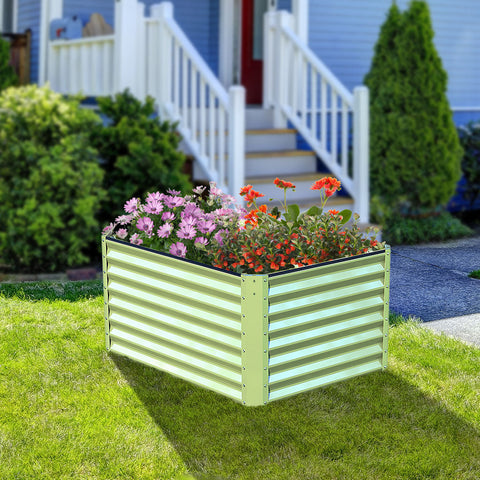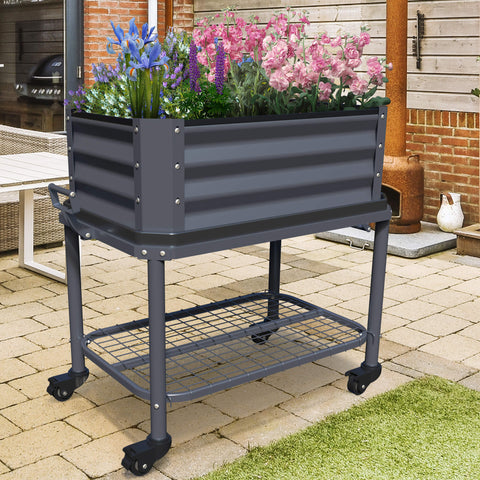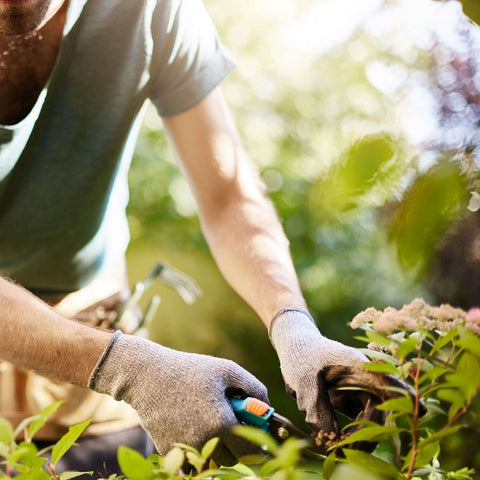Summer is the ideal season to plant zucchini. Zucchini is a perennial plant that belongs to the cucurbit family and is often loved for its bright green fruits. It's high in fiber, vitamins and minerals, making it ideal for a healthy summer diet. If you want to grow zucchini in the summer, here are some suggestions for you to follow.The following content also has some reference value for raised garden beds.
- Choose the right variety: Zucchini are available in a variety of varieties, including green, yellow and striped. Choose the variety that suits you according to your taste and growing conditions. When choosing a variety, consider the local climate and soil conditions to ensure that zucchini will thrive.

- Prepare the soil: Zucchini prefer rich, well-drained soil. Before planting, make sure to loosen the soil and add organic fertilizer to provide plenty of nutrients. In addition, you can conduct soil tests before planting to get an idea of the pH and nutrient content of the soil and adjust as needed.
- Planting and colonizing: At the beginning of summer, prepare to plant and colonize. Plant the seeds directly into the soil, keeping the proper spacing between each seed. The depth of the seed should depend on the variety and soil requirements. Generally, the seed can be buried 1 to 2 inches deep in the soil surface. If you choose to use seedlings for planting, carefully transplant the seedlings into the soil, keeping the proper spacing.
- Provide proper moisture: Summer temperatures rise, and zucchini need plenty of water to keep growing and developing. Make sure the soil stays moist, but don't overwater it, which can cause root rot. The best way to water is in the morning or early evening, which reduces evaporation and ensures that plants have enough time to absorb water.

- Fertilizing and weeding: Regular fertilization is crucial as zucchini grow. You can choose organic or chemical fertilizer and apply it according to the directions on the package. In addition, timely weeding is essential to keep the soil moist and nourished.
- Pest Control: Zucchini are susceptible to some common pests and diseases, such as cucumber spot, zucchini ladybugs, and aphids. Inspect plants regularly to detect and treat any pest and disease problems early. You can use organic pesticides or biological control methods to control pests and follow the instructions.
- Harvest and store: Zucchini are usually harvested around 60 to 70 days after planting. When the fruit has a smooth surface and a full appearance, they are ready to be picked. Use scissors to cut the fruit from the plant to avoid damaging the plant. If you have extra zucchini, store it in a cool, dry place, such as the refrigerator, to extend its shelf life.

To sum up, summer is the perfect time to plant zucchini. By choosing the right variety, preparing fertile soil, providing adequate moisture and nutrition, controlling pests and diseases, and harvesting in time, you can enjoy fresh, delicious zucchini during the summer months. Go ahead and start your zucchini planting journey!









